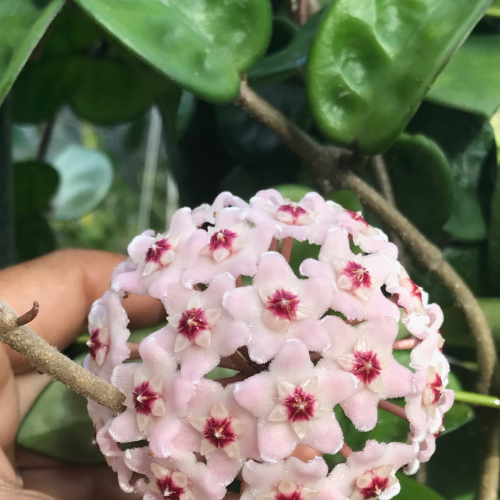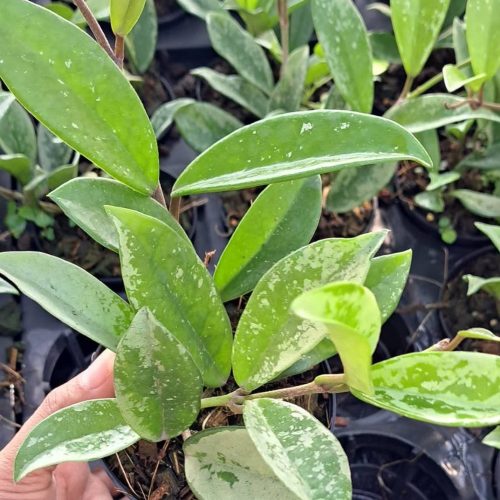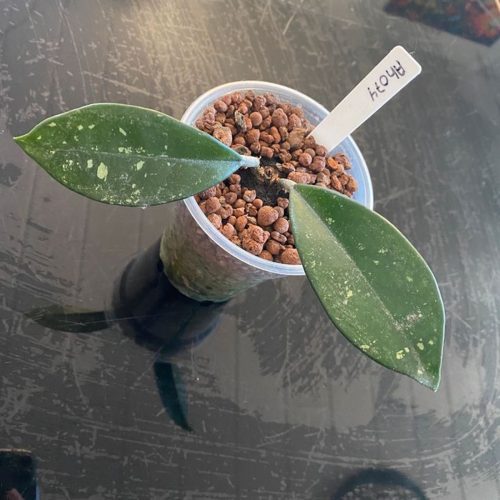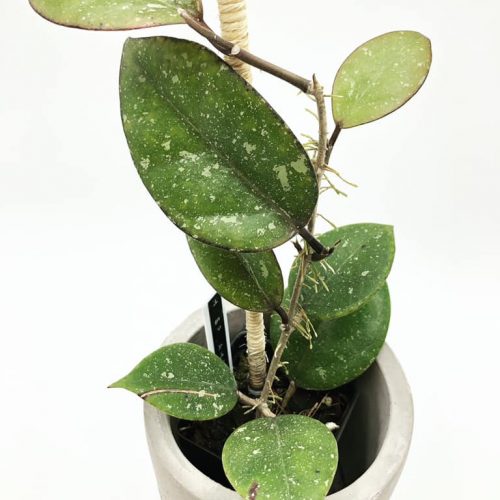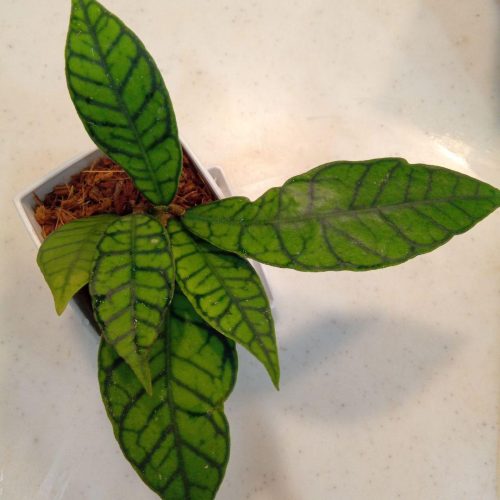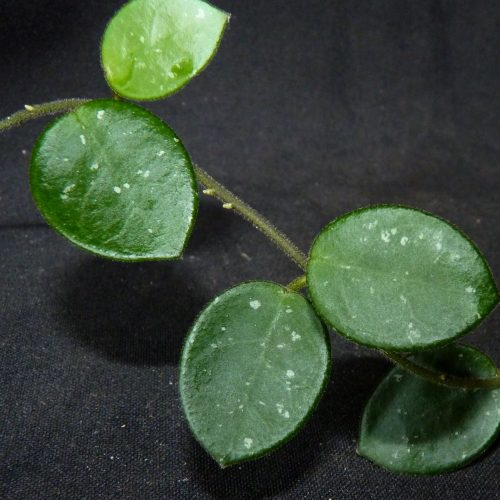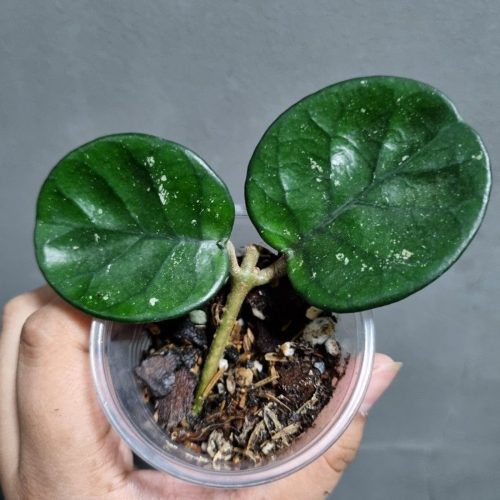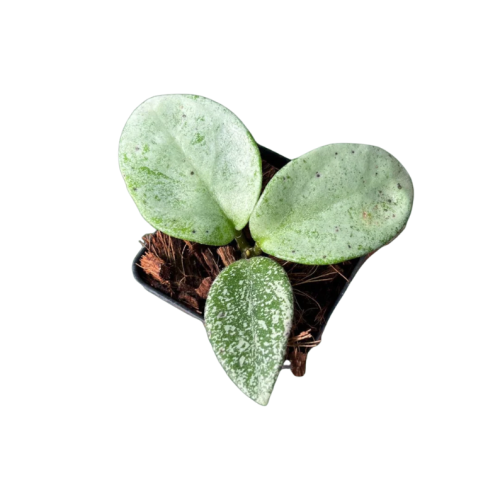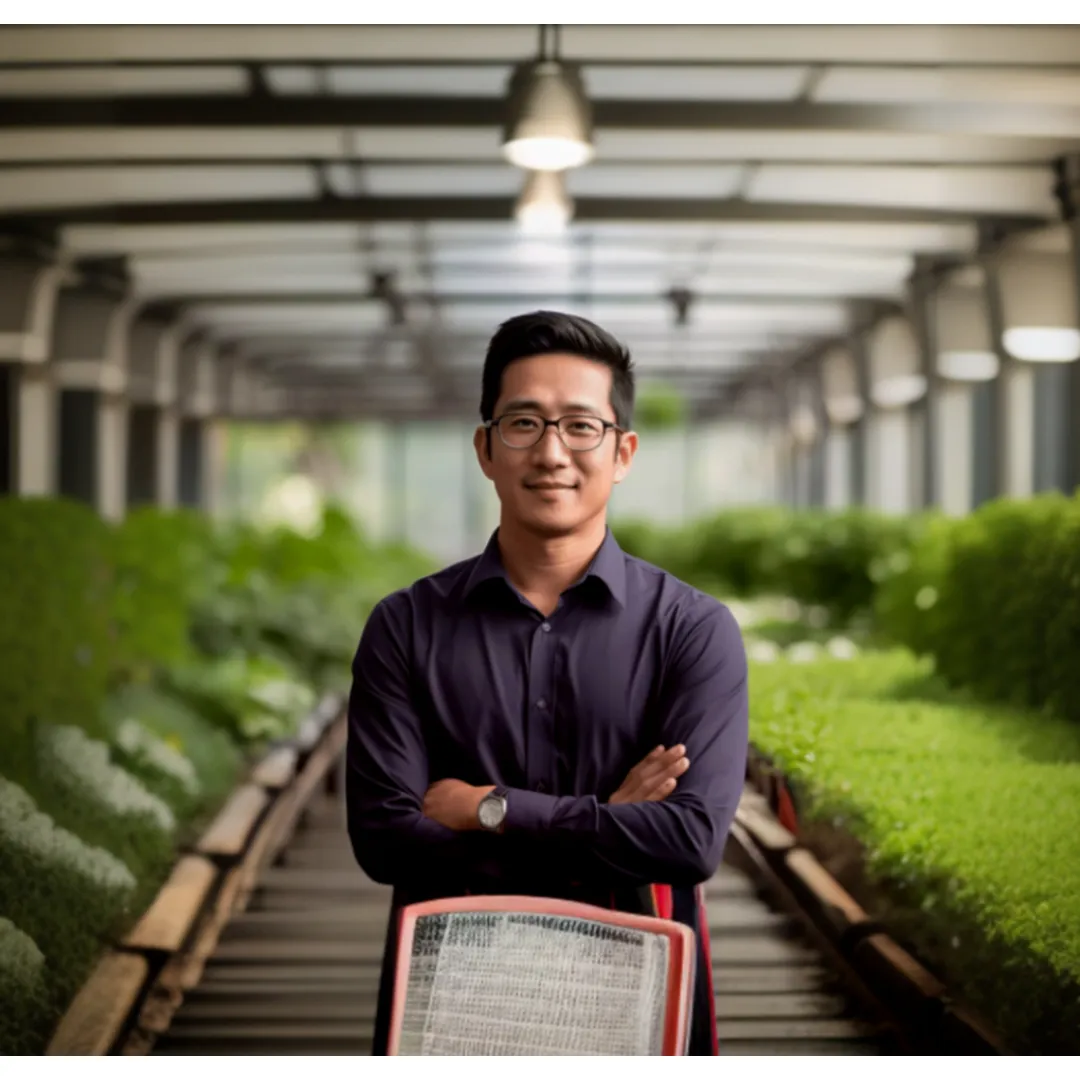Hoya plants, also known as wax plants, are a large genus of tropical climbing vines that are part of the dogbane family, Apocynaceae. With over 500 accepted species, these low maintenance houseplants are native to several countries in Asia as well as Australia. Hoyas are characterized by their waxy, star-shaped flowers and thick, fleshy leaves. Here are 7 reasons why Hoya plants make excellent indoor houseplants:
1. They Purify Indoor Air
One of the best things about Hoya plants is that they act as natural air purifiers. As they photosynthesize, Hoya plants take in carbon dioxide and release oxygen into the air. This helps improve indoor air quality and lower indoor pollutants. According to a NASA study, Hoya carnosa was found to remove harmful VOCs like formaldehyde, xylene, and toluene from indoor environments. Growing Hoya plants can help create a healthier home.
Some Benefits of Improved Indoor Air Quality Include:
- Reduced exposure to pollutants like formaldehyde from furniture/cleaning products
- Decreased risk of developing “sick building syndrome” from poor ventilation
- Lower likelihood of allergies, asthma, and respiratory issues
- Increased mental clarity and energy from breathing clean air
Try Growing These Air-Purifying Hoya Varieties:
- Hoya carnosa (Porcelainflower)
- Hoya lacunosa (Waxvine)
- Hoya kerrii (Sweetheart Hoya)
- Hoya multiflora (Shooting Star Hoya)

2. They Are Low Maintenance
Another reason Hoyas make excellent houseplants is that they require very little maintenance to thrive indoors. Here are some care tips:
- Light – Bright indirect light. Avoid direct sun.
- Water – Allow soil to mostly dry out between waterings.
- Temperature – Average room temps 65°F-80°F.
- Humidity – Prefers 40-60% humidity. Mist leaves occasionally.
- Soil – Well-draining potting mix.
- Fertilizer – Diluted balanced houseplant fertilizer in spring/summer.
As long as you meet these basic care requirements, Hoya plants are quite forgiving and adapt well to indoor conditions. Their low maintenance nature makes them a great choice for beginner plant parents or busy households.
Some Low Maintenance Hoya Varieties Include:
- Hoya compacta (Hindu Rope Hoya)
- Hoya lacunosa (Waxvine)
- Hoya curtisii (Goldenstar Hoya)
- Hoya carnosa ‘Krimson Queen’ (Variegated Porcelainflower)
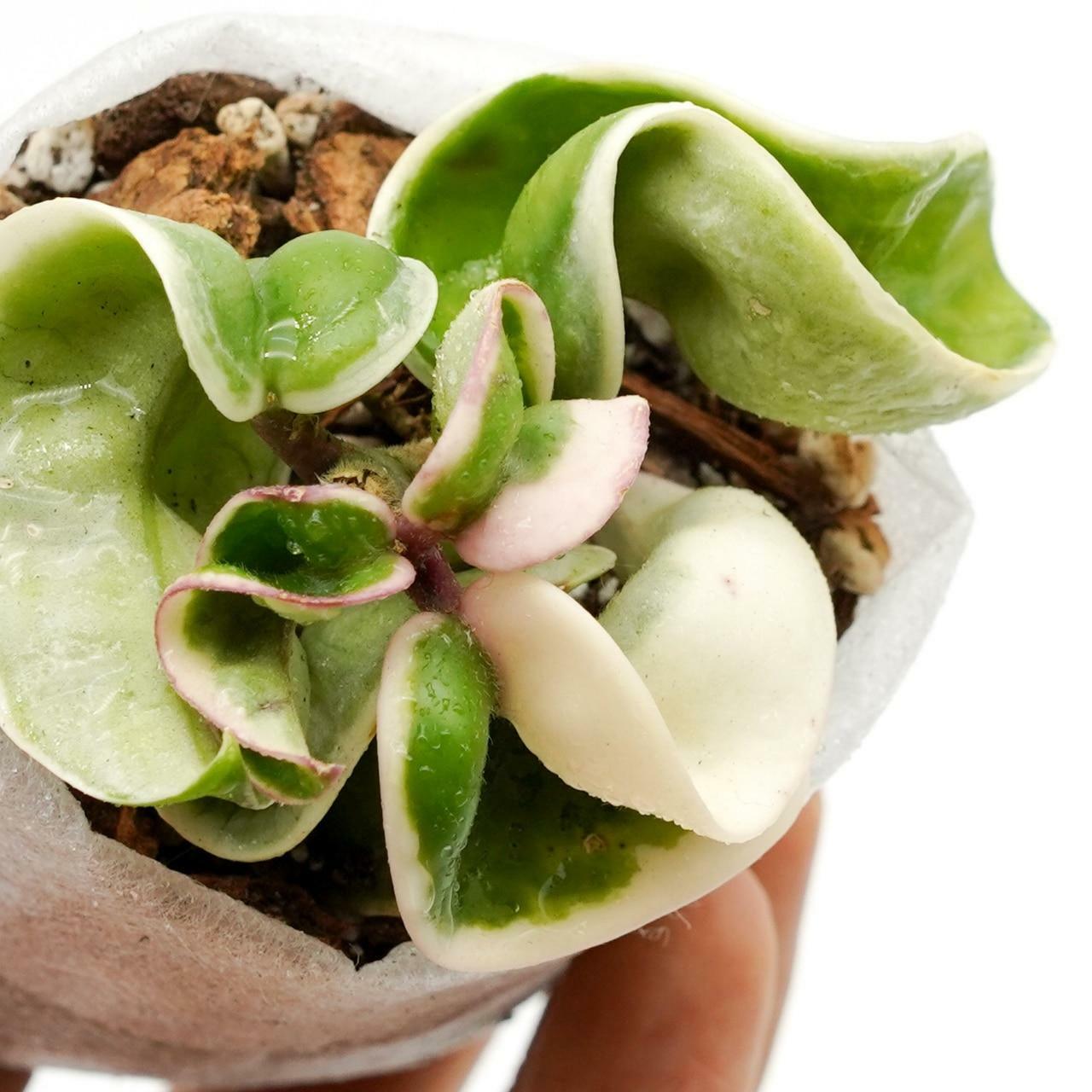
3. They Grow Well in Hanging Baskets
Hoya plants are epiphytic vines in their natural habitat, meaning they grow by clinging to trees and rocks. This vining nature lends itself perfectly to growing in hanging baskets indoors. Their trailing stems look beautiful draping out of a hanging pot. Growing Hoyas in hanging baskets can help maximize vertical space and add an element of visual interest in any room.
Some Great Hoya Varieties for Hanging Baskets:
- Hoya carnosa (Porcelainflower) – The most common Hoya houseplant.
- Hoya lacunosa (Waxvine) – Shiny, waxy heart-shaped leaves.
- Hoya kerrii (Sweetheart Hoya) – Dark green heart-shaped single leaf.
- Hoya multiflora (Shooting Star Hoya) – Vigorous climber with starry flowers.
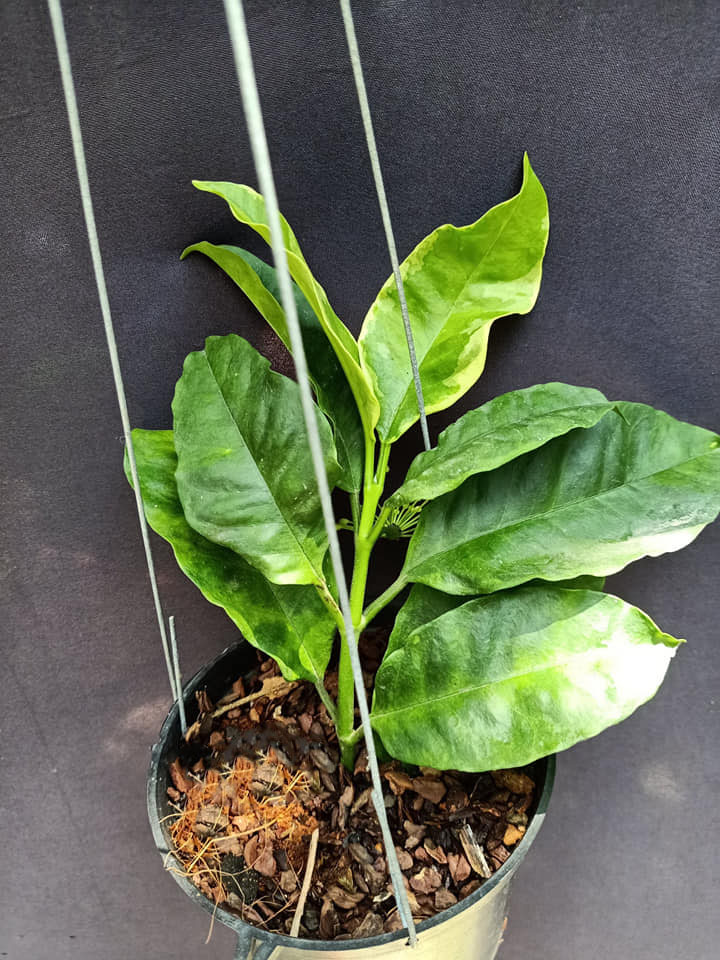
When caring for Hoyas in hanging baskets, allow soil to dry out more between waterings and provide plenty of indirect sunlight. Mist frequently to increase humidity around the trailing vines.
Thriving Hoya Plants for Your Home – Purchase Now!
4. They Have Gorgeous Flowers
One of the standout features of Hoya plants are their unique star-shaped flowers. Hoya blooms are waxy and come in white, pink, red, and purple shades. When happy, these tropical vines will reward you with clusters of fragrant flowers that emerge from the stems on peduncles. Although they don’t flower constantly, Hoya blooms are definitely worth waiting for.
Some Hoya Varieties with Beautiful Flowers:
- Hoya carnosa (Porcelainflower) – Fragrant white star-shaped blooms.
- Hoya kerrii (Sweetheart Hoya) – White flowers with a red center.
- Hoya lacunosa (Waxvine) – White pinwheel shaped flowers.
- Hoya multiflora (Shooting Star Hoya) – Prolific dark pink blooms.
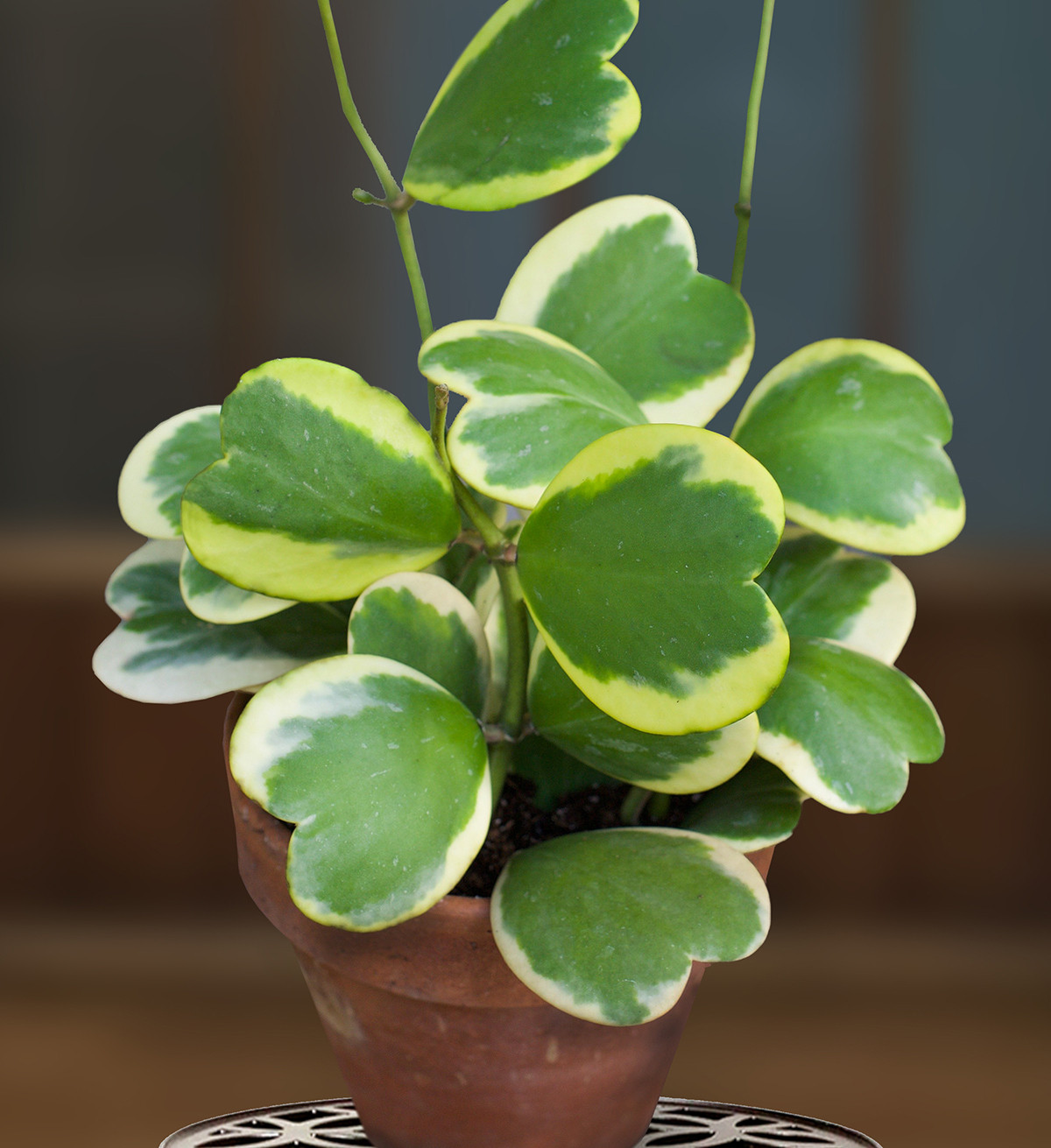
To encourage Hoya flowering:
- Provide bright, indirect light.
- Allow plant to mature and become rootbound.
- Water more in spring/summer, less in fall/winter.
5. They Come in Interesting Leaf Shapes & Colors
From heart-shaped leaves to variegated foliage, Hoya plants have an amazing diversity of leaf shapes, textures, and colors. This makes collecting different Hoya varieties a fun and fascinating hobby. Some have succulent, cupped leaves while others have thin, curled leaves. Variegated types add unique appeal with their pink, white, or yellow edged leaves.
Some Unique Hoya Leaf Varieties:
- Hoya kerrii (Sweetheart Hoya) – Glossy, heart-shaped green leaves.
- Hoya carnosa ‘Krimson Queen’ – Beautiful pink and white variegated leaves.
- Hoya compacta (Hindu Rope Hoya) – Twisted, curled succulent leaves.
- Hoya lacunosa (Waxvine) – Thick, waxy heart-shaped leaves.
- Hoya serpens (Snake Hoya) – Round, rippled silver leaves.

When caring for variegated Hoyas, provide bright indirect sunlight to maintain the colorful foliage. The diversity of Hoya leaves provides so many options to fit your home’s style!
6. They Grow Well in Terrariums
The tropical nature of Hoya vines makes them an excellent choice for enclosed terrarium environments. Their vining growth habit allows them to be trained up the sides and across the top of terrariums. Hoyas enjoy the stable humidity levels provided in greenhouse-like terrariums. The addition of several Hoya plants creates a lush, jungle feel perfect for a glass terrarium container.
Good Hoya Varieties for Terrariums Include:
- Hoya kerrii (Sweetheart Hoya) – Trails nicely along the ground.
- Hoya carnosa ‘Compacta’ – Stays more compact with curled leaves.
- Hoya serpens (Snake Hoya) – Unique rippled silver foliage.
- Hoya multiflora – Vigorous climber will cover the terrarium top.

Caring for Hoyas in terrariums involves providing good drainage, moderate watering, and leaving the lid cracked for airflow. The high humidity and tropical look of Hoyas makes them ideal terrarium plants!
7. They Are Pet-Friendly
An important benefit of Hoya houseplants is that they are non-toxic for humans, dogs, and cats. This makes them a great indoor plant choice for pet owners. If your cat is prone to chewing on houseplants, a Hoya would be a safer option than a toxic plant. Hoyas can also be a fun alternative to catgrass. While ingestion should still be avoided, they are not known to cause any serious reactions in pets if nibbled or chewed on. Monitoring your pets around any houseplants is still advised, but Hoyas present a low risk of toxicity.
Some Pet-Friendly Hoya Varieties:
- Hoya carnosa (Porcelainflower)
- Hoya compacta (Hindu Rope)
- Hoya lacunosa (Waxvine)
- Hoya kerrii (Sweetheart Hoya)
- Hoya multiflora (Shooting Star Hoya)
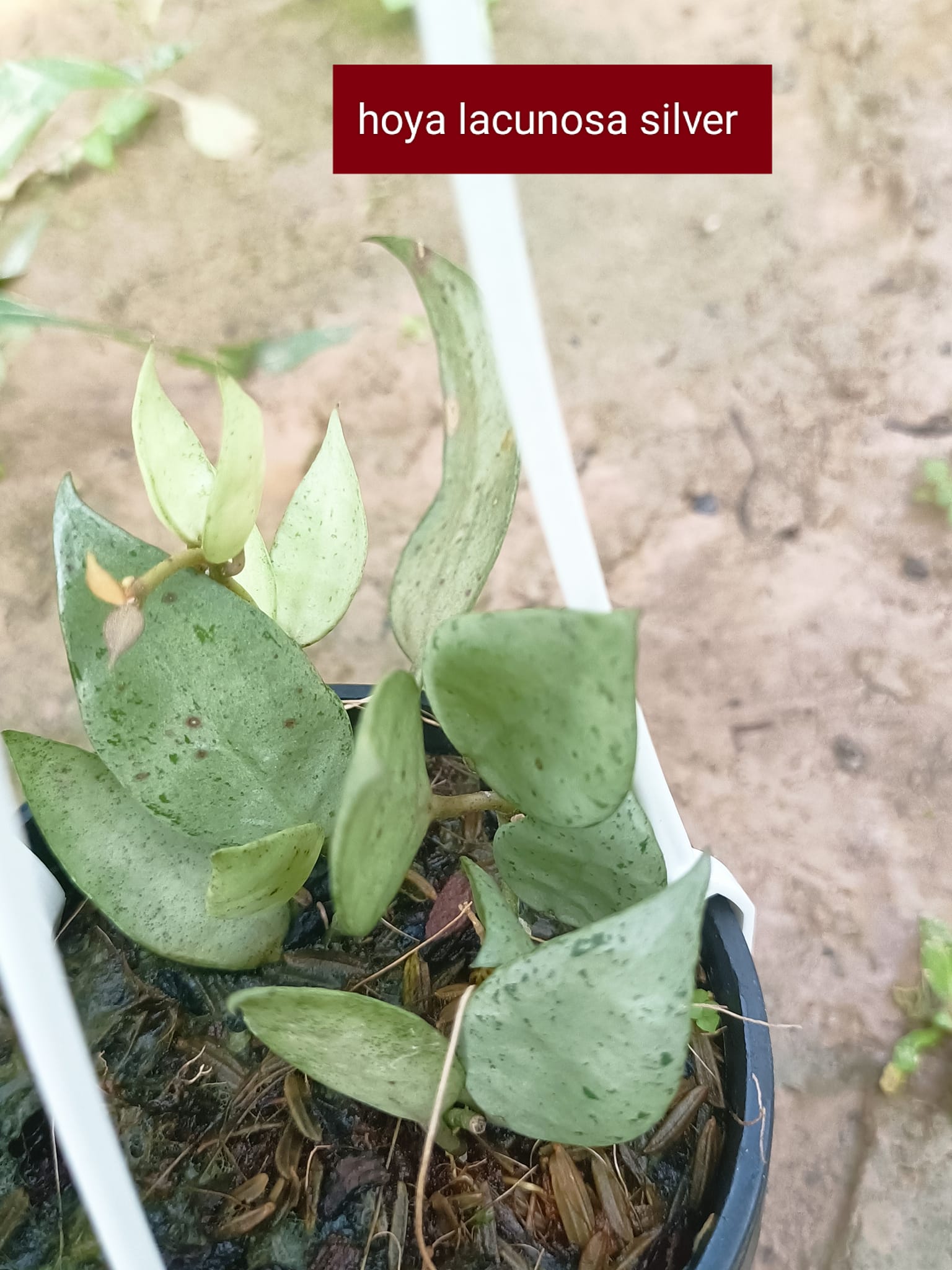
Given their safety and versatility, Hoya plants deserve a spot in every pet-loving household. With proper care they will thrive while brightening up your home with lush greenery and occasional flowers.
Where to buy Hoya plants? Benefits from importing plants from Thailand
- Shipping: Door to door shipping, fast and safe with Dragon Courier
- Biodiversity: Thailand is known for its rich biodiversity, including a wide variety of aroid species. This diversity allows importers to access a broad range of unique and exotic aroid plants.
- Quality and Health of Plants: The suitable climate helps the plants grown here stay healthy and of high quality.
- Cost-Effectiveness: Due to favorable growing conditions and efficient production methods, Thai aroid plants can often be more cost-effective compared to those from other countries.
- Access to Hybrid Varieties: Thai growers are often involved in the development of new hybrid aroid varieties, offering unique plants that may not be available from other sources.
Hoya plants species are the most sought after by aroid plant lovers
Conclusion
With their tropical vines, waxy blooms, varied foliage, and low maintenance nature, Hoya plants are ideal for growing indoors. Their ability to purify air, grow well in hanging baskets and terrariums, and pet-friendly qualities make them a houseplant with wide appeal. If you are looking for an easy-care houseplant that can adapt to a range of indoor conditions, a Hoya plant is sure to be a great addition to your home. Give Hoyas a try and enjoy their unique beauty indoors!
FAQ
- Q: What are Hoya plants, and why are they considered perfect for indoor spaces? A: Hoya plants are a group of tropical succulents known for their beautiful foliage and easy care. They thrive indoors due to their adaptability to low light conditions and minimal maintenance requirements.
- Q: How do I care for my indoor Hoya plant? A: To care for your indoor Hoya plant, place it in indirect sunlight, water it sparingly, and allow the soil to dry between waterings. Hoya plants are also relatively pest-resistant and can thrive in average indoor humidity levels.
- Q: Can I propagate my Hoya plant at home? A: Yes, Hoya plants are easy to propagate. You can propagate them through stem cuttings and root them in water or a well-draining soil mix. It’s a fun way to expand your Hoya collection or share them with friends.
- Q: Are there different types of Hoya plants suitable for indoor environments? A: Yes, there are numerous Hoya plant varieties, each with unique leaf shapes and colors. Some popular indoor Hoya varieties include Hoya carnosa, Hoya compacta, and Hoya kerrii, among others.
- Q: Are Hoya plants safe for pets and children? A: While Hoya plants are generally non-toxic, it’s essential to be cautious and keep them out of reach of pets and young children. Some people may experience mild skin irritation when handling Hoya plants, so it’s best to wear gloves when caring for them.

